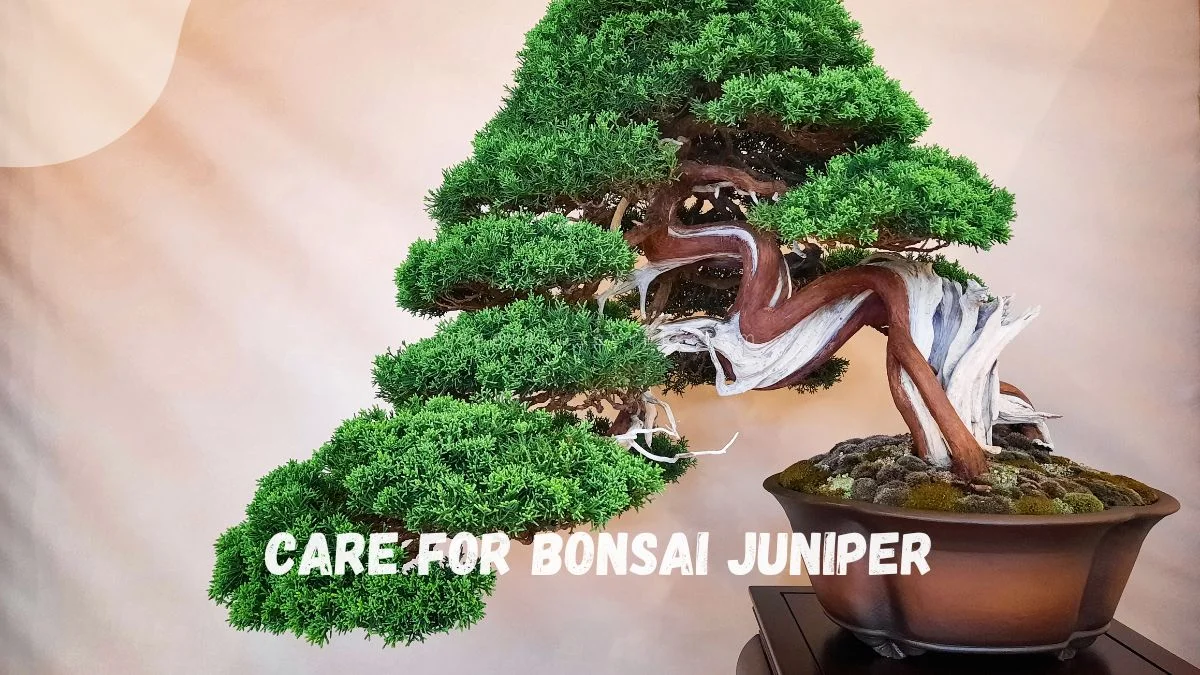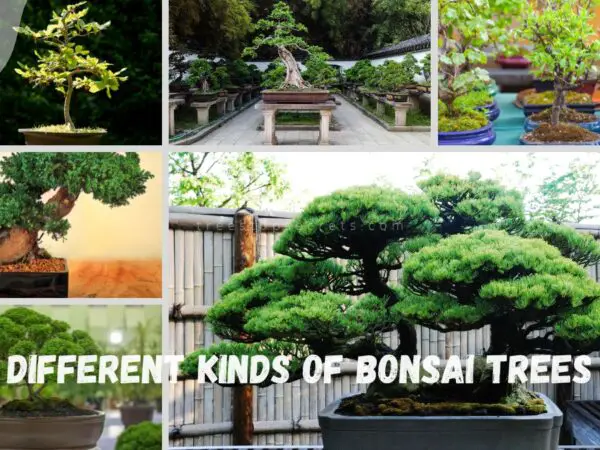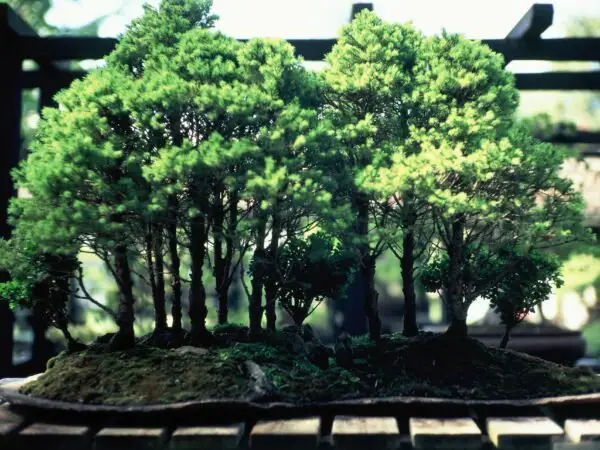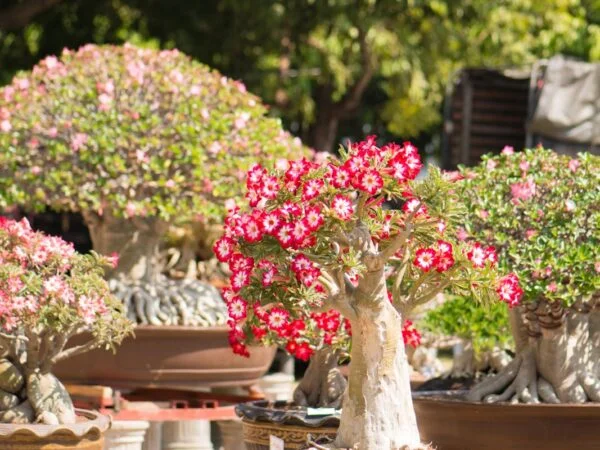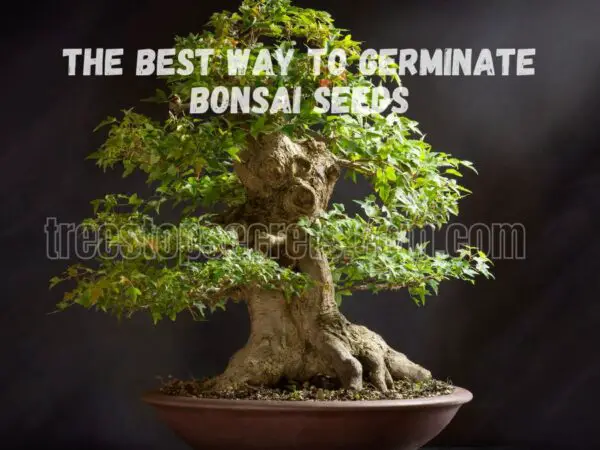Bonsai, a centuries-old Japanese art form, involves cultivating miniature trees in containers. Among these, the Juniper bonsai stands out for its resilience and beauty. Caring for a Bonsai Juniper requires attention to detail and specific techniques tailored to this particular species. Understanding the historical significance of Bonsai can provide insights into the meticulous care required to maintain these living artworks.
Key Takeaways
- Understand the specific care needs of your Juniper Bonsai to ensure its health and growth.
- Implement essential care practices like proper watering, sunlight exposure, and soil maintenance regularly.
- Explore advanced care techniques such as wiring and pruning to shape and style your bonsai effectively.
- Follow seasonal care tips to adjust your bonsai's care routine according to changing environmental conditions.
- Regular health checks and maintenance routines are crucial for the overall well-being of your bonsai.
- Troubleshoot common issues promptly to address any problems that may arise and keep your bonsai thriving.
Understanding Juniper Bonsai
Overview and History
Juniper Bonsai cultivation dates back to ancient times, originating in Japan where it symbolized peace, harmony, and balance. This art form evolved from Chinese penjing, influencing Japanese bonkei tray landscapes. The cultural significance of Juniper Bonsai lies in its representation of nature's beauty and tranquility. Over centuries, care practices have advanced, focusing on precise pruning, wiring, and styling techniques.
Identifying Species
Distinguishing between common Juniper Bonsai species like the Green Mound Juniper and Needle Juniper is crucial for tailored care. Each species boasts unique characteristics: Green Mound Junipers feature dense foliage with a compact growth habit, while Needle Junipers exhibit sharp needle-like leaves. Recognizing these distinctions aids in providing optimal care for specific varieties.
Benefits and Appeal
The aesthetic appeal of Juniper Bonsai in landscaping lies in its ability to add a touch of nature's beauty to any space. These miniature trees create captivating focal points in gardens or indoor settings, enhancing visual appeal. Caring for Juniper Bonsai also offers therapeutic benefits, promoting relaxation and stress relief through mindful pruning and nurturing practices. Whether indoors or outdoors, Juniper Bonsai brings a sense of calmness and connection to nature.
Essential Care Practices
Light and Placement
Juniper Bonsai thrive in bright indirect light, requiring at least four hours of sunlight daily. Incorrect lighting can lead to stunted growth. Proper placement near a sunny window ensures optimal health for your Juniper Bonsai. Sunlight directly affects photosynthesis, essential for the plant's growth.
Watering Techniques
Water Juniper Bonsai only when the topsoil feels dry to touch to prevent root rot. Overwatering can suffocate the roots. Before watering, check soil moisture by inserting a finger into the soil. Misting the foliage helps maintain humidity levels, promoting healthy growth.
Soil and Repotting
Select well-draining soil with a mix of akadama, pumice, and lava rock for repotting Juniper Bonsai. Repot every two to three years during early spring. Gentle root pruning stimulates new growth during repotting, ensuring the plant's vitality.
Temperature and Humidity
Juniper Bonsai thrive in temperatures ranging from 50°F to 70°F, with cooler temperatures in winter for dormancy. Maintain humidity levels between 50% to 75% by using a humidity tray or room humidifier. Proper temperature and humidity levels are crucial for Juniper Bonsai's overall well-being.
Advanced Care Techniques
Fertilizing Wisely
Fertilize your Juniper Bonsai monthly with organic fertilizers to promote growth and health. Nitrogen-rich fertilizers are beneficial during spring for Juniper Bonsai. Ensure a balanced fertilization approach for optimal development.
Pruning and Shaping
Master pruning techniques to create lush foliage pads in your Juniper Bonsai. Shape your bonsai carefully to avoid weakening its structure. Thinning out foliage pads is crucial for maintaining the health of your Juniper Bonsai.
Propagation Methods
Explore various propagation techniques suitable for Juniper Bonsai care. Learn how to propagate these bonsais using either cuttings or seeds. Understand the process of propagating Juniper Bonsai through layering.
Seasonal Care Tips
Overwintering Strategies
Overwintering is crucial for bonsai junipers to survive the cold months. To protect them from freezing temperatures, place the bonsai in an unheated garage or shed. Mulch around the pot to insulate the roots. Avoid fertilizing during winter.
Considerations:
- Protect from harsh winds
- Monitor soil moisture levels closely
- Prune sparingly to prevent stress
Summer Care Guide
During summer, bonsai junipers thrive in full sunlight and warm temperatures. Water them regularly but ensure proper drainage to prevent root rot. Fertilize lightly every 4-6 weeks with a balanced liquid fertilizer.
- Provide adequate sunlight
- Maintain consistent watering schedule
- Watch out for pests like spider mites
Health and Maintenance
Pests and Diseases
Bonsai junipers are susceptible to pests like spider mites, aphids, and scale insects. These pests can weaken the plant by sucking sap from the leaves, causing yellowing and wilting. To combat these pests, regularly inspect your bonsai for any signs of infestation. If detected early, remove the affected parts and treat with neem oil or insecticidal soap.
Preventive Measures
To prevent pest infestations, maintain proper air circulation around your bonsai juniper by not overcrowding them. Ensure that the soil is well-draining to avoid waterlogged conditions that attract pests. Another preventive measure is to prune your bonsai regularly to promote healthy growth and reduce the risk of diseases. Moreover, avoid over-fertilizing as it can make the plant more susceptible to pests.
Troubleshooting Common Issues
Yellowing Leaves
Yellowing leaves on your bonsai juniper could indicate various problems such as overwatering, nutrient deficiencies, or pests. Ensure that you are watering your bonsai appropriately, allowing the soil to dry out between waterings. To address nutrient deficiencies, consider using a balanced fertilizer specifically formulated for bonsai trees. Inspect your plant carefully for any signs of pests and treat them promptly to prevent further damage.
Dropping Foliage
If you notice your bonsai juniper's foliage dropping, it might be due to environmental stress, inadequate light exposure, or improper watering. Evaluate the location of your bonsai to ensure it is receiving adequate sunlight each day. Adjust watering practices to maintain proper moisture levels in the soil without overwatering. Check for any drafts or sudden temperature changes that could be stressing the plant. By addressing these factors, you can help your bonsai juniper thrive and prevent further foliage loss.
Enhancing Your Bonsai's Beauty
Selecting Pots and Accessories
When it comes to style bonsai, choosing the right pot is essential for both aesthetics and the plant's health. Opt for shallow pots to prevent waterlogging, promoting healthy root growth. Consider ceramic or clay pots for their breathability and aesthetic appeal.
For beginner bonsai lovers, selecting accessories like miniature figurines or decorative rocks can add a personal touch to your display. These elements enhance the overall look of your bonsai tree, creating a harmonious and visually pleasing arrangement.
Bonsai aesthetics are further enhanced by matching the pot color and design with the tree species. For example, a dark-colored pot complements a juniper's vibrant green foliage, creating a striking contrast that highlights the tree's beauty.
Display and Aesthetics
When showcasing your bonsai, consider factors like bonsai placement to ensure optimal growth and visual impact. Place your bonsai in well-lit areas, avoiding direct sunlight to prevent leaf burn. Rotate the tree periodically to promote even growth.
To maintain the beauty of your bonsai trees, prune them regularly to shape their canopy and encourage new growth. Use sharp pruning shears to make clean cuts, preventing damage to the branches. This practice helps maintain the tree's desired size and shape.
Incorporating bonsai fertilizers into your care routine can also enhance your tree's aesthetics by promoting healthy growth and vibrant foliage. Choose a balanced fertilizer specifically formulated for bonsai trees, following the recommended dosage for optimal results.
Getting Started for Beginners
Basic Care Guide
Taking care of your bonsai juniper involves a few essential steps to ensure its health and beauty. Firstly, water your bonsai regularly but avoid overwatering as it can lead to root rot. Ensure the soil is well-draining to prevent waterlogged roots.
sunlight is crucial for the growth of your bonsai juniper. Place it in a spot where it can receive direct sunlight for at least six hours a day. Trim and prune your bonsai regularly to maintain its shape and encourage new growth.
Remember to fertilize your bonsai during the growing season to provide essential nutrients. Use a balanced fertilizer diluted to half-strength to avoid overfeeding. Lastly, monitor your bonsai for any signs of pests or diseases, and treat them promptly to prevent further damage.
Choosing Your First Juniper
When selecting your first juniper, opt for a healthy plant with vibrant green foliage and sturdy branches. Consider the size of the juniper based on the space you have available for it.
Choose a variety that suits your climate to ensure it thrives in its new environment. Research different juniper species to find one that aligns with your preferences and care capabilities.
Ensure the juniper has a well-established root system and is potted in well-draining soil. Avoid plants with yellowing or browning foliage, as this may indicate underlying issues. By selecting a healthy juniper, you set yourself up for success in your bonsai journey.
Summary
In caring for your juniper bonsai, you've learned about its unique needs, essential care practices, advanced techniques, seasonal tips, health maintenance, troubleshooting, and enhancing its beauty. By following these guidelines, you can ensure your bonsai thrives and remains a stunning addition to your space. Remember to start with the basics for beginners and gradually incorporate more advanced care as you gain experience. Your commitment to providing the right care will result in a healthy and beautiful juniper bonsai that brings you joy for years to come.
Take the time to apply what you've learned and observe how your juniper bonsai responds. Share your experiences with fellow enthusiasts and continue to expand your knowledge. With dedication and proper care, you can cultivate a flourishing juniper bonsai that enriches your surroundings. Keep nurturing your bonsai with love and attention to enjoy its beauty to the fullest.
Frequently Asked Questions
How do I understand the specific care needs of a Juniper Bonsai?
To understand the care needs of a Juniper Bonsai, consider factors like sunlight, watering frequency, soil type, and pruning requirements. Each Juniper variety may have unique care instructions, so research your specific bonsai type for tailored guidance.
What are the essential care practices for maintaining a healthy Juniper Bonsai?
Essential care practices for a Juniper Bonsai include proper watering to avoid both overwatering and underwatering, providing adequate sunlight exposure, using well-draining soil, regular pruning to maintain shape, and ensuring proper ventilation to prevent diseases.
How can I enhance the beauty of my Juniper Bonsai?
Enhance your Juniper Bonsai's beauty by shaping it through pruning techniques, selecting suitable containers that complement its aesthetics, incorporating decorative elements like rocks or figurines in the display, and maintaining a clean and healthy appearance through regular grooming practices.
What are some common issues that may affect the health of a Juniper Bonsai?
Common issues that may affect the health of a Juniper Bonsai include root rot due to overwatering, pests such as spider mites or aphids, fungal infections from poor ventilation, nutrient deficiencies, and improper pruning techniques leading to stress or damage. Regular monitoring and prompt action can help address these issues effectively.
How can beginners get started with caring for a Juniper Bonsai?
Beginners can start caring for a Juniper Bonsai by researching basic care guidelines, selecting a healthy bonsai specimen from a reputable source, learning about specific care requirements for their Juniper variety, acquiring essential tools like shears and watering cans, and gradually gaining hands-on experience through practice and observation.
Image Source: Paid image from CANVA

